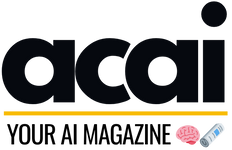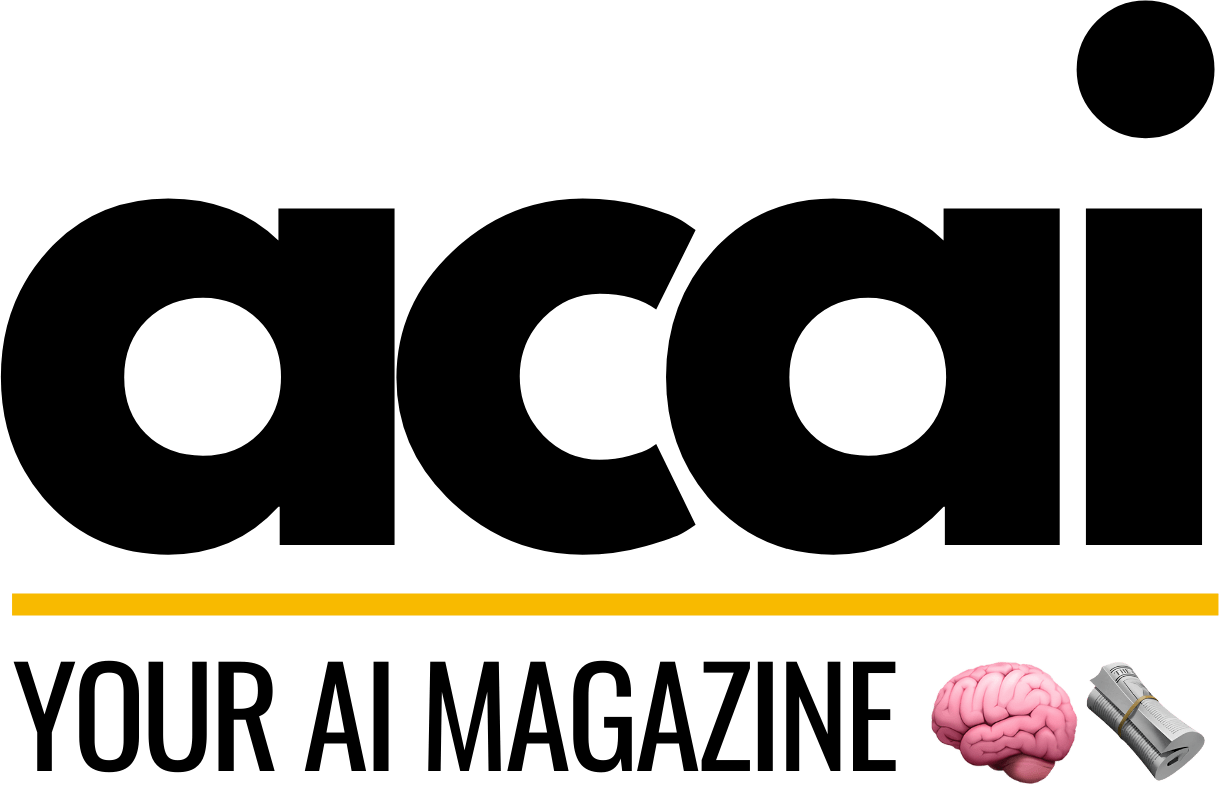Why technical SEO is critical for long-form editorial websites
Technical SEO is a cornerstone in the foundation of long-form editorial websites, ensuring that they not only reach their target audience but also deliver a seamless user experience that fosters engagement and retention. In this comprehensive exploration, we delve into why mastering technical SEO is not just beneficial but critical for the success of websites featuring extensive articles and in-depth analysis.
- Introduction to Technical SEO
- Why is Technical SEO Important?
- Key Optimization Strategies
- Case Studies
- Essential Tools for Technical SEO
- Conclusion
Introduction to Technical SEO
Technical SEO refers to the process of optimizing the infrastructure of a website so that search engines can crawl and index its content effectively. For long-form editorial websites, where content is king, the role of technical SEO becomes even more pivotal. It ensures that the rich and valuable content reaches the right audience and achieves the visibility it deserves.
Why is Technical SEO Important?
Technical SEO lays the groundwork for search engines to access, interpret, and index the website without any issues. For editorial websites, this is particularly crucial because:
- Complex Site Architecture: Long-form content often leads to deeper website structures, which can create challenges in navigation and indexing.
- Enhanced User Experience: Fast page loads, mobile-friendliness, and easy navigation are all crucial for keeping readers engaged.
- Content Visibility: Proper use of technical SEO ensures that even the deepest buried articles get the chance to shine on search engine results pages (SERPs).
Key Optimization Strategies
Implementing effective technical SEO strategies is essential for enhancing the performance and reach of long-form editorial content. Some key strategies include:
- Improving Site Speed: Site speed is a critical ranking factor. Optimizing images, leveraging browser caching, and reducing server response times are vital steps.
- Mobile Optimization: With the increasing prevalence of mobile browsing, ensuring your website is responsive and mobile-friendly is non-negotiable.
- Structured Data: Using schema markup to help search engines understand the context of your content can significantly boost visibility.
- Robust Internal Linking: Effective internal linking not only boosts SEO but also helps in distributing page authority throughout the site.
Case Studies
Several editorial giants have leveraged technical SEO to boost their online presence. For instance, a renowned news portal observed a 50% increase in organic traffic after revamping its site architecture and improving its crawl efficiency. Another popular blog enhanced user engagement by 30% through mobile optimization and faster load times.
Essential Tools for Technical SEO
To effectively manage and optimize technical SEO, several tools are indispensable:
- Google Search Console: Provides insights into how Google views your site and where improvements can be made.
- Screaming Frog SEO Spider: A desktop program that crawls websites’ URLs for SEO auditing.
- GTmetrix: Analyzes the speed performance of your website and provides actionable recommendations.
Conclusion
Technical SEO is not just a necessity but a critical component in the success of long-form editorial websites. It ensures that high-quality content does not go unnoticed and reaches the audience it deserves. By implementing robust technical SEO strategies, websites can enhance their visibility, improve user engagement, and ultimately drive more traffic. As the digital landscape continues to evolve, the role of technical SEO will only grow in importance, making it an indispensable tool for any serious editorial website.
For more detailed insights on technical SEO practices, visit Moz’s Beginner’s Guide to SEO.




